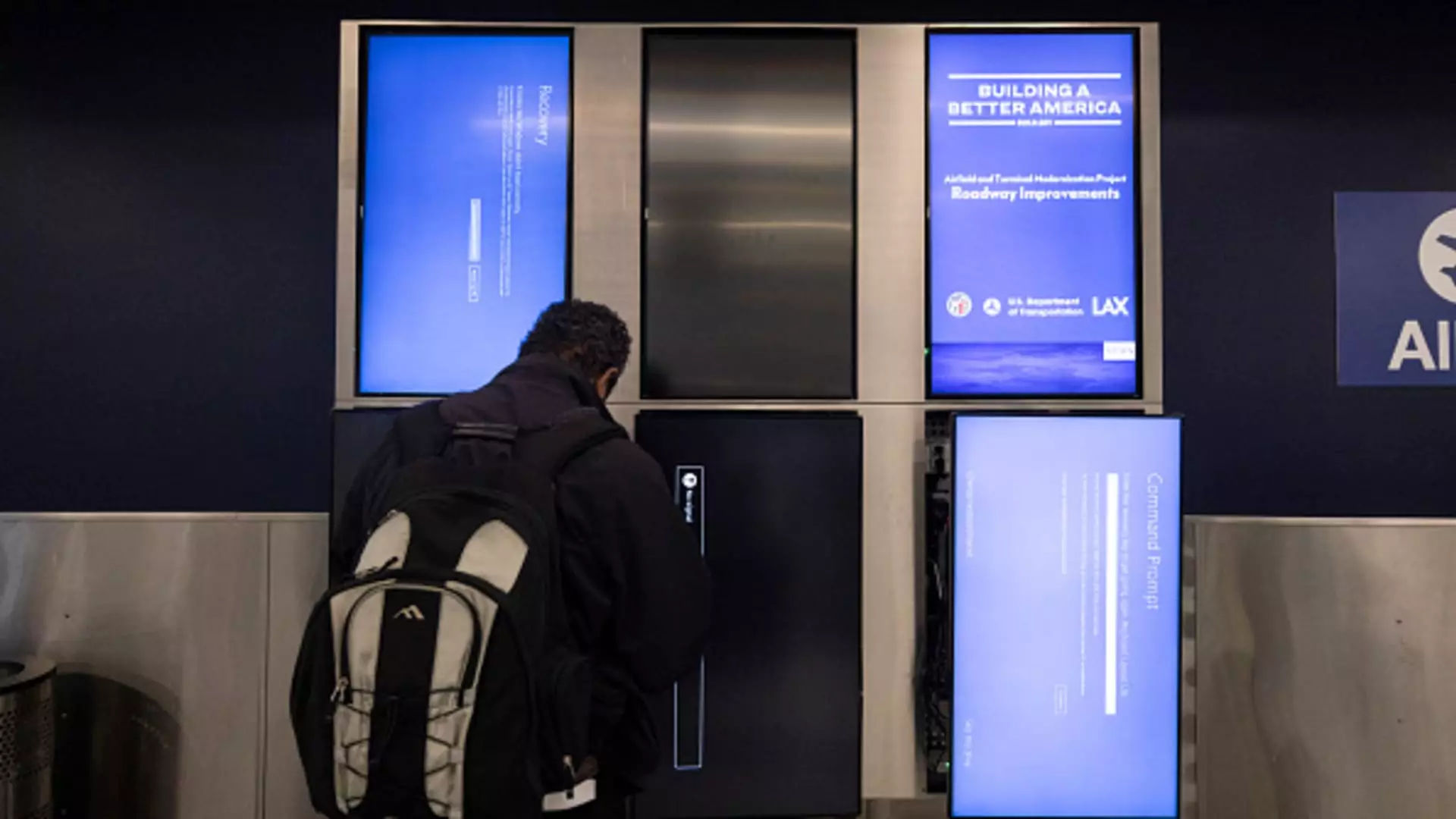In a recent turn of events, Microsoft announced plans to host a cybersecurity conference in September that aims to address the aftermath of a faulty software update by CrowdStrike. This update resulted in widespread system crashes for millions of Windows computers in July, causing chaos across various sectors such as airlines, logistics, and healthcare. As a result, Delta Air Lines reported a staggering $550 million in losses and is now seeking damages from both CrowdStrike and Microsoft.
Microsoft has taken the initiative to convene with CrowdStrike and other key players in the cybersecurity industry at its headquarters in Redmond, Washington, on September 10. The objective of this gathering is to brainstorm strategies to prevent similar incidents from occurring in the future. One proposal put forth by an anonymous Microsoft executive is to shift the dependency of applications from kernel mode to user mode within the Windows operating system.
According to the executive, applications running in user mode are isolated entities, meaning that the failure of one application would not affect the entire system. On the contrary, applications operating in kernel mode have the potential to cause system-wide crashes if they malfunction. This distinction is crucial in understanding how vulnerabilities in software can lead to catastrophic consequences, as seen in the case of CrowdStrike’s faulty update.
Exploring New Technologies
Moreover, Microsoft plans to delve into the adoption of emerging technologies such as eBPF (extended Berkeley Packet Filter) and memory-safe programming languages like Rust. These technologies are designed to provide a layer of security that can preemptively detect and prevent system crashes caused by faulty programs. By incorporating these tools into the Windows ecosystem, Microsoft aims to fortify its defenses against future cybersecurity threats.
In a parallel comparison, Apple has taken proactive measures in limiting kernel access in macOS and discouraging the use of kernel extensions by developers. This approach has proven effective in mitigating potential risks associated with software updates that could compromise system stability. Microsoft is keen on following a similar trajectory by embracing tighter security protocols and incentivizing the adoption of safer programming practices.
It is worth noting that Microsoft’s dedication to cybersecurity extends beyond this conference, as evidenced by its substantial contribution of $1 million to the Rust Foundation. This nonprofit organization supports the development of the Rust programming language, which is renowned for its memory safety features and robust security architecture. Microsoft’s investment in promoting safer programming languages underscores its commitment to fortifying cyber defenses in the long term.
Microsoft’s proactive stance in addressing the aftermath of the CrowdStrike software update crisis signifies a pivotal moment in the evolution of cybersecurity practices. By fostering collaboration among industry leaders and embracing innovative technologies, Microsoft is paving the way for a more secure digital landscape. The insights gained from the upcoming conference on September 10 are poised to shape the future of cybersecurity and usher in a new era of resilience against unforeseen threats.


Leave a Reply